Cats are often described as graceful and independent creatures, but when it comes to food, some felines can become voracious eaters. Overeating in cats is a common issue that can lead to a variety of health problems, including obesity, diabetes, and joint issues. If you’re a cat owner concerned about your furry friend’s eating habits, you’re not alone. This article provides a comprehensive guide on how to help your cat maintain a healthy diet, ensuring they live a long and happy life. From understanding their eating behavior to implementing practical solutions, we’ll explore various ways to curb your cat’s appetite without compromising their happiness.
Understanding Your Cat’s Eating Habits
Cats, like humans, have unique personalities and preferences, which often extend to their eating habits. Some cats may eat quickly, gobbling down their food in a matter of minutes, while others may prefer to graze throughout the day. The first step in addressing overeating is to observe and understand your cat’s specific eating behavior. Consider their feeding schedule, the type of food they consume, and any patterns that may indicate why they are overeating. Is your cat eating out of boredom, stress, or simply because the food is available? Recognizing these patterns can help tailor a solution that works best for both you and your feline friend.
Choosing the Right Food

Selecting the appropriate food for your cat plays a crucial role in controlling their eating habits. Cats require a diet rich in protein and low in carbohydrates, as they are obligate carnivores by nature. High-quality cat food, whether dry or wet, should list meat as the primary ingredient. Avoid foods with fillers or excessive grains, as they can contribute to weight gain and aren’t as satisfying. Additionally, consider portion-controlled products or specialized weight management formulas. These options provide all the necessary nutrients while helping your cat feel fuller for longer, reducing the likelihood of overeating.
Implementing a Feeding Schedule
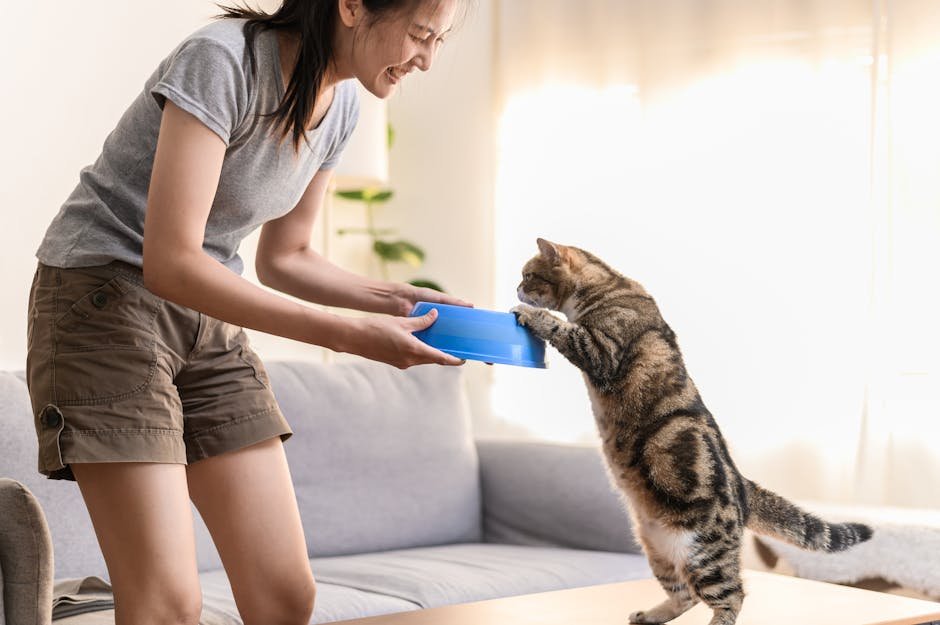
Unlike dogs, who often thrive on structured meal times, cats may benefit from a more flexible feeding schedule. However, if your cat is prone to overeating, implementing a consistent routine can be beneficial. Try feeding your cat smaller, more frequent meals throughout the day, rather than leaving food out all the time. This can help regulate their metabolism and prevent them from feeling the need to overeat. Use a timer or set reminders on your phone to keep track of meal times. Consistency is key, as cats are creatures of habit and will quickly adapt to a new routine.
Engaging Your Cat in Play and Exercise
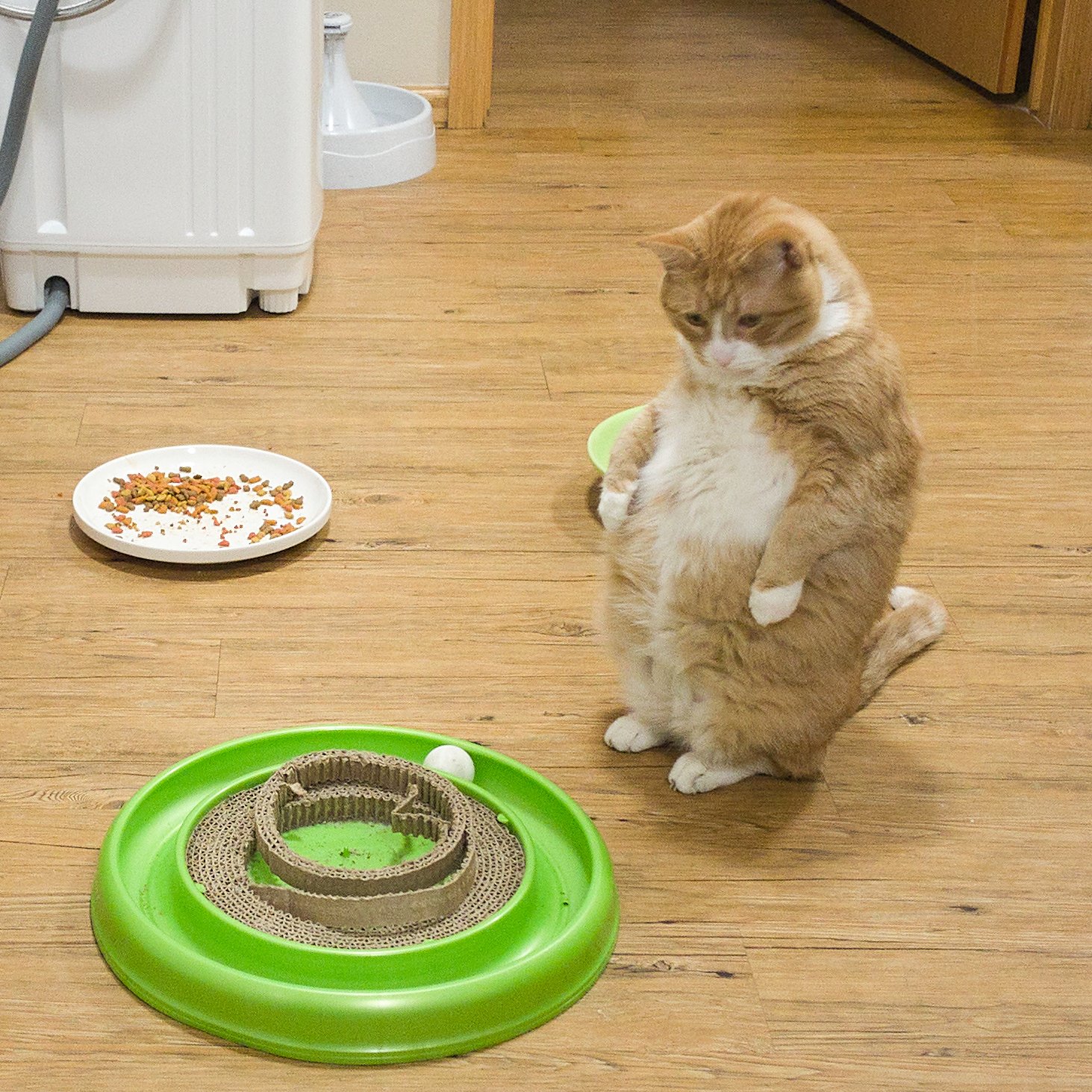
A sedentary lifestyle can contribute to overeating, as cats may turn to food out of boredom. Encouraging regular play and exercise is essential in managing your cat’s weight and reducing their appetite. Invest in toys that stimulate their hunting instincts, such as feather wands or laser pointers. Spend quality time engaging in interactive play sessions, allowing your cat to burn off excess energy. Not only does this improve their physical health, but it also strengthens the bond between you and your pet. Creating an enriching environment with scratching posts, climbing trees, or puzzle feeders can further keep them entertained and occupied.
Using Puzzle Feeders and Food Dispensers
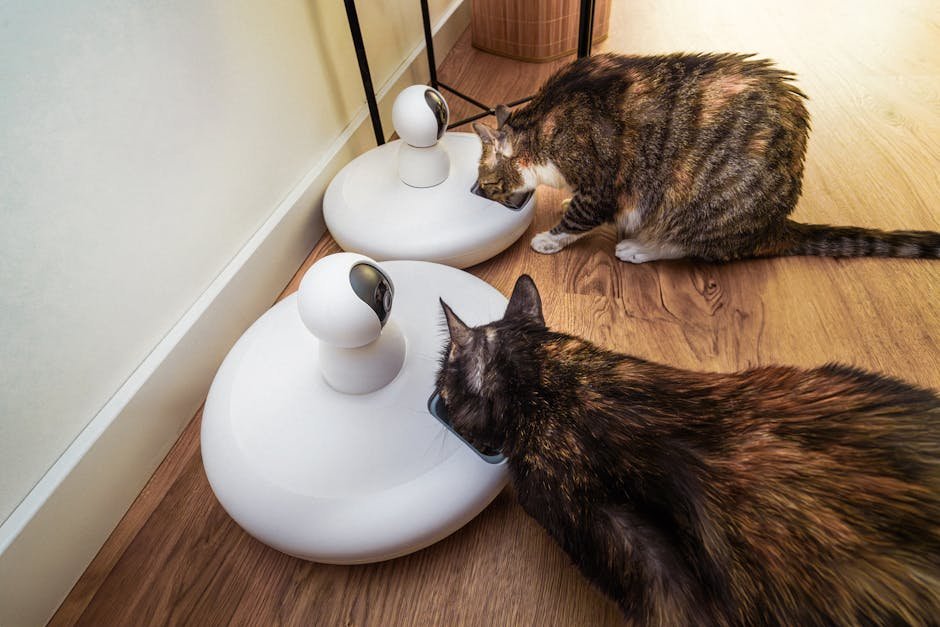
Puzzle feeders and food dispensers are excellent tools for slowing down a cat’s eating pace and providing mental stimulation. These devices require your cat to work for their food, mimicking the hunting experience and satisfying their natural instincts. By slowing down their eating, your cat is more likely to feel full with less food. There are various styles available, from simple ball dispensers to complex maze-like structures. Experiment with different designs to find the one that best suits your cat’s preferences. Not only do these tools help control portion sizes, but they also add an element of fun to mealtime.
Monitoring Portion Sizes
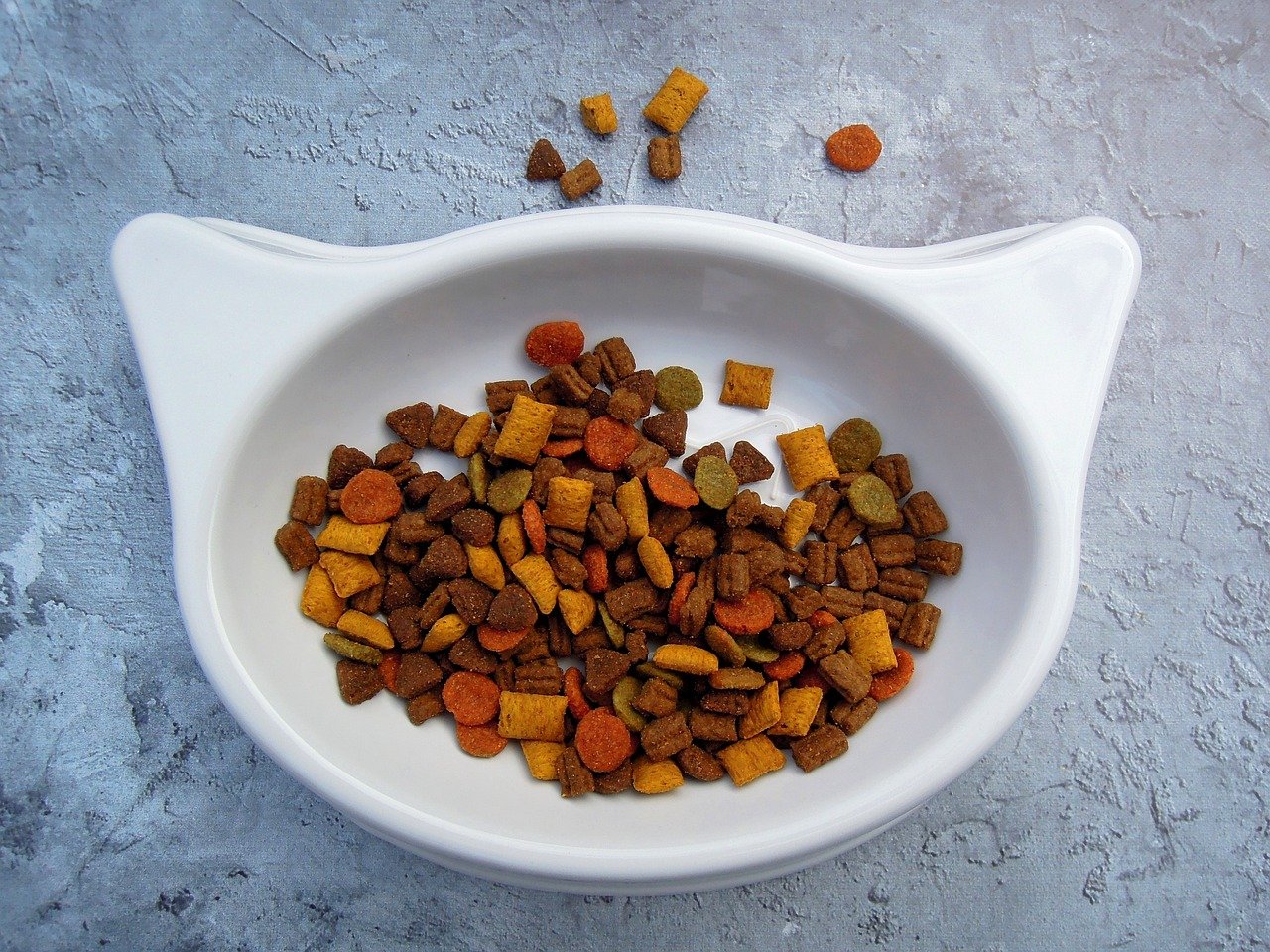
Portion control is a fundamental aspect of managing your cat’s diet. Cats often lack the self-regulation to stop eating when they are full, so it’s important to measure their food accurately. Use a kitchen scale or measuring cup to ensure you’re providing the recommended serving size based on your cat’s weight and activity level. Consult your veterinarian for guidance on the appropriate portion size for your specific cat. Additionally, avoid giving too many treats, as these can quickly add up in calories. Offer treats sparingly and opt for healthier options, such as freeze-dried meat.
Addressing Emotional Eating
Just like humans, cats can also eat due to emotional triggers. Stress, anxiety, or changes in their environment can lead to comfort eating. Identifying the root cause of your cat’s emotional eating is crucial in addressing the issue. Observe their behavior for any signs of stress, such as excessive grooming or hiding. Create a calming environment by providing safe spaces and minimizing disruptions. If necessary, consult with a veterinarian or animal behaviorist to explore further solutions. Understanding and addressing emotional eating will not only help control your cat’s weight but also improve their overall well-being.
Consulting Your Veterinarian
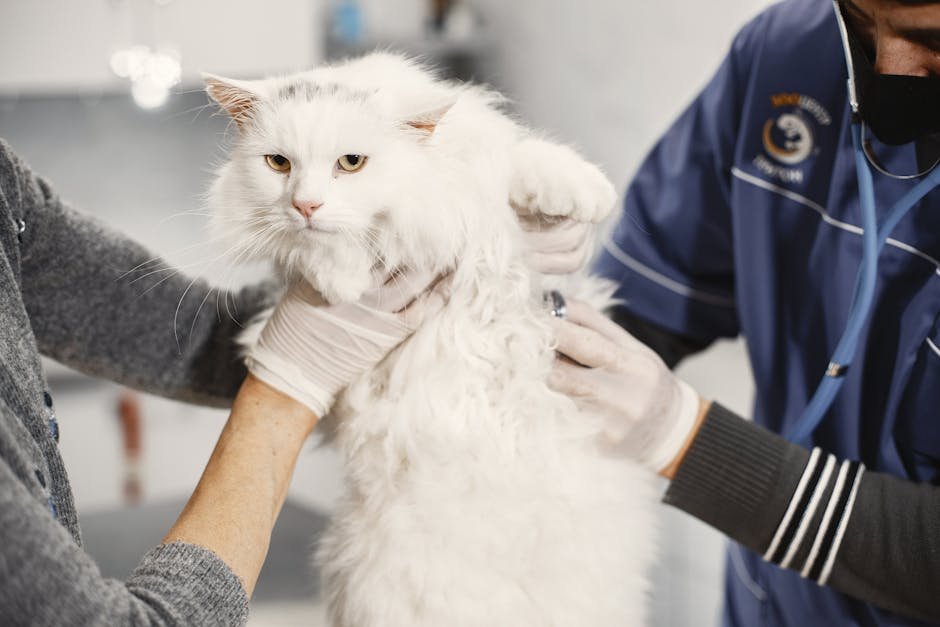
If you’re struggling to manage your cat’s eating habits, seeking professional advice is always a wise decision. Your veterinarian can assess your cat’s health and provide personalized recommendations based on their specific needs. They may suggest blood tests to rule out any underlying health issues, such as thyroid problems or diabetes, which could contribute to excessive eating. Additionally, your vet can offer guidance on a balanced diet and appropriate portion sizes. Regular check-ups also allow you to monitor your cat’s weight and make necessary adjustments to their feeding routine.
Ensuring a Balanced Diet and Lifestyle
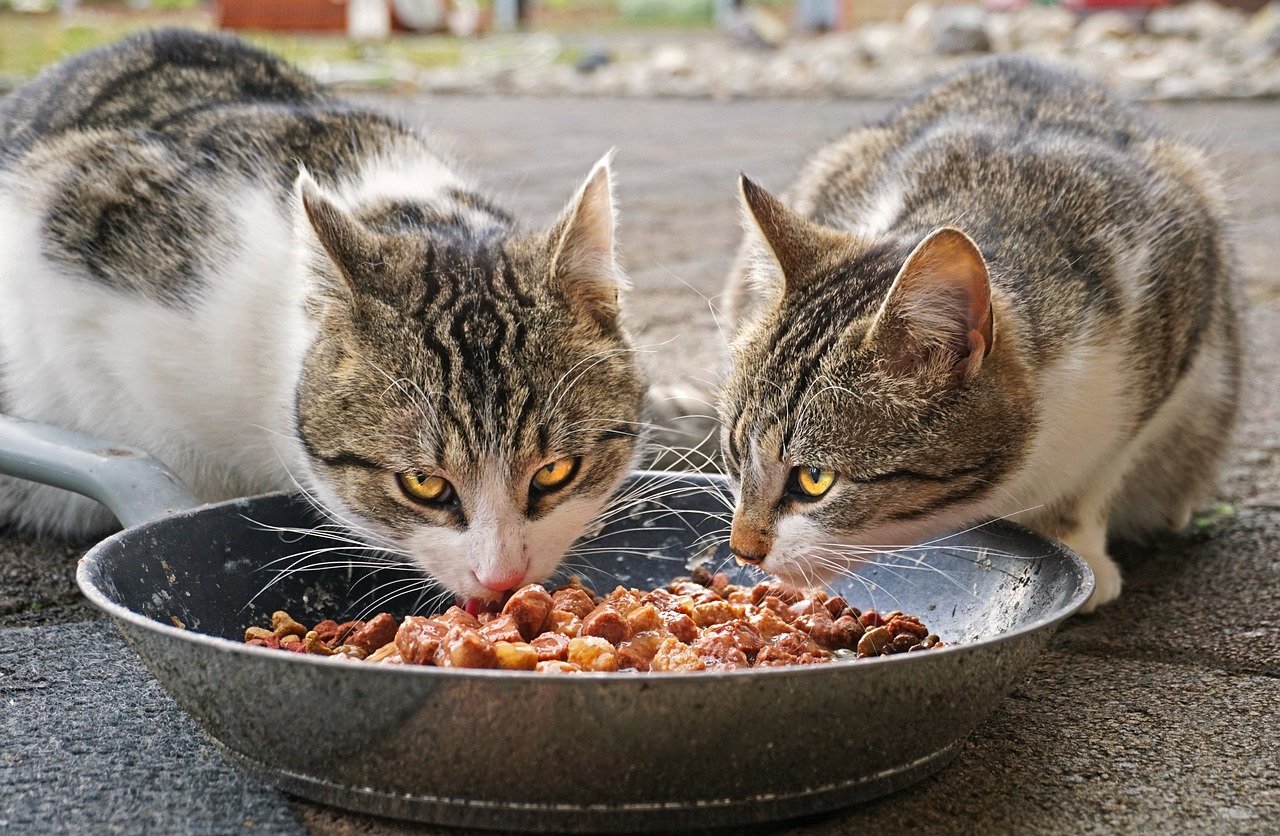
Ultimately, maintaining a balanced diet and lifestyle is key to preventing overeating in cats. Providing high-quality food, implementing a consistent feeding schedule, and encouraging regular exercise all contribute to your cat’s overall health. Monitor their progress and make adjustments as needed, always keeping their best interests in mind. Remember that each cat is unique, and what works for one may not work for another. Be patient and persistent in finding the right solution for your furry companion. With love and dedication, you can help your cat achieve a healthy weight and live a fulfilling life.
Helping your cat maintain a healthy eating routine is all about balance, patience, and understanding their needs. By managing portion sizes, creating engaging mealtime habits, and keeping an eye on their health, you’ll support their well-being and happiness. A healthier cat means a longer, more joyful life together — and that’s something every pet parent wants!

Andrew Alpin from India is the Brand Manager of Doggo digest. Andrew is an experienced content specialist and social media manager with a passion for writing. His forte includes health and wellness, Travel, Animals, and Nature. A nature nomad, Andrew is obsessed with mountains and loves high-altitude trekking. He has been on several Himalayan treks in India including the Everest Base Camp in Nepal.





